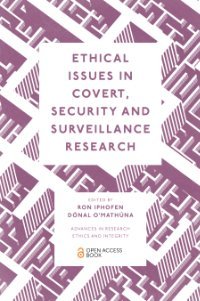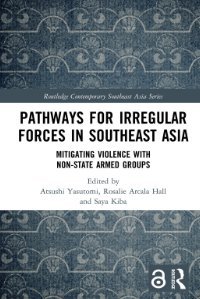By Juhu Thukral and Melissa Ditmore
Police and prostitutes1 engage in a cat-and-mouse dynamic, in which the police seek to control the activities of prostitutes, and prostitutes respond by trying to avoid them. This report examines the impact of law enforcement approaches to street-based sex work in New York City and proposes a series of policy and practice recommendations for reform based on the researchers’ analyses of the data collected. This report also seeks to promote reasoned, fact-based, and informed debate regarding street-based prostitution in New York City. Public discussion of this issue usually occurs in flashy headlines that are meant to titillate rather than to explore the consequences of policy decisions in depth. This is a special effort to give voice to the problems faced by street-based sex workers, using their own words, since this is a voice that is almost always left out of policy debates. We propose recommendations based on programmatic possibilities that can create effective solutions for this population and the broader community. The researchers focused on street-based prostitution primarily because these sex workers have the greatest contact with law enforcement and with the community at large, and thus receive the majority of police attention. Most are economically deprived and vulnerable. Current law enforcement approaches include arrest or giving a summons or desk-appearance ticket, often during the course of police sweeps (the practice of arresting all women or all people in a known prostitution area, temporarily removing prostitutes from the street.)
New York: Urban Justice Center, 2003. 100p.





















